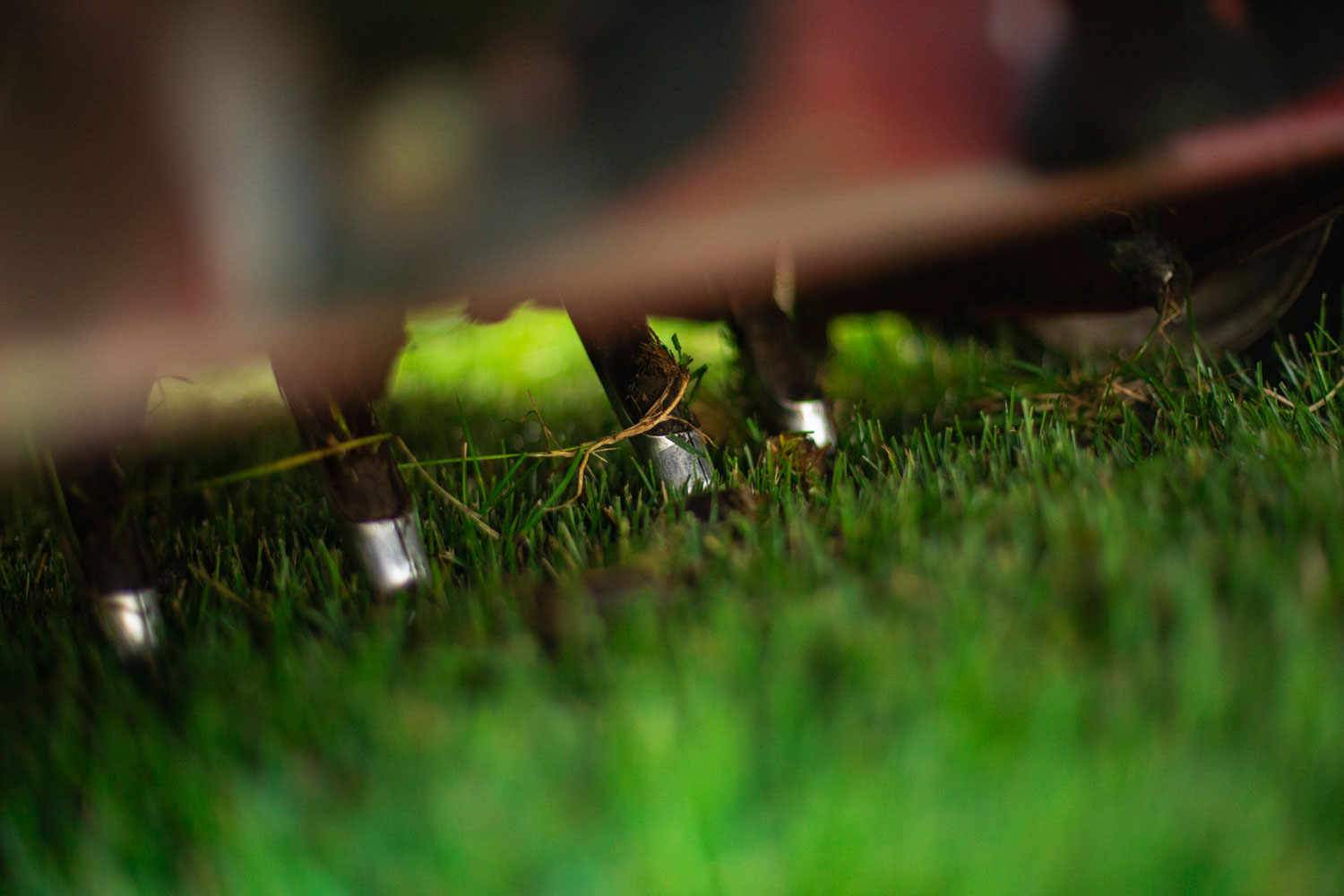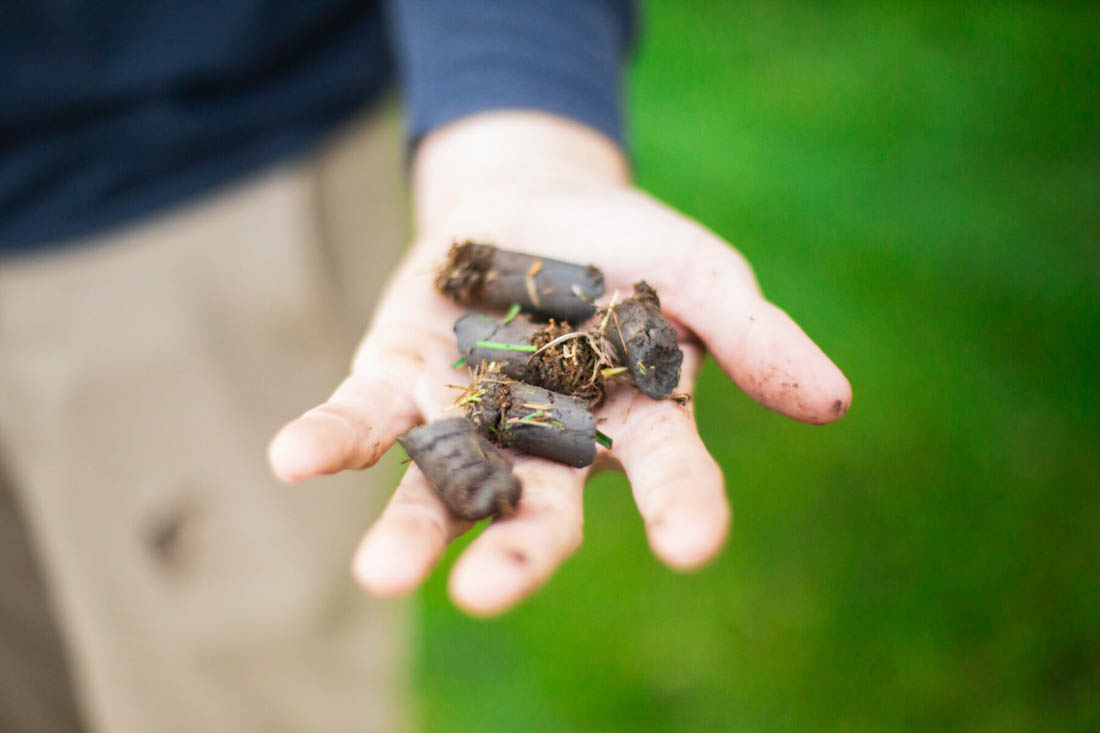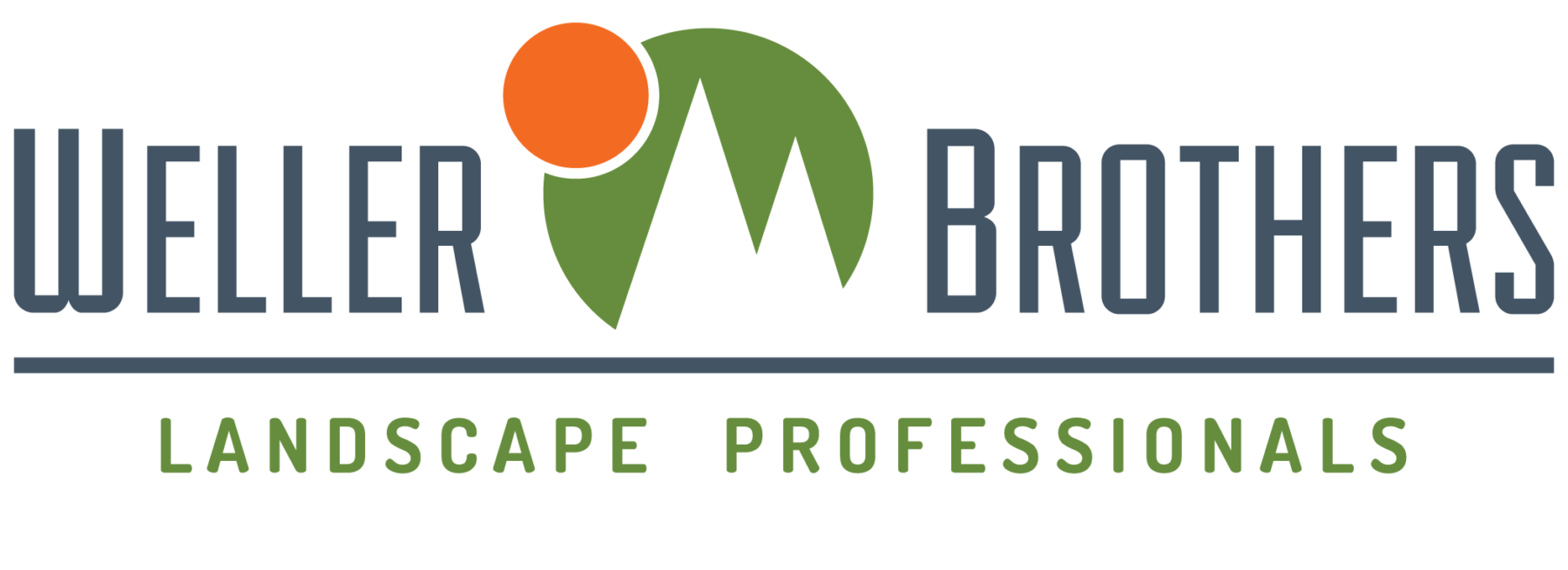Lawn Aeration: What, Why, and When
Fall is almost here, but that does not mean lawn care should stop! As you create your pre-snow checklist, make sure to add fall lawn aeration to the very top.
Your lawn is a significant investment, and you may be wondering why you should add another service expense when it is about to snow.
Prepping your lawn in the fall ensures that when springtime rolls around you will earn the status of “best lawn on the block” and brag about it at the spring BBQ.
The professionals at Weller Brothers are ready to help you make winter prep a breeze. Learn more about lawn aeration and why it benefits your yard.
What is Lawn Aeration?
Aeration is a process that involves perforating the soil with small holes to allow air, water, and nutrients to penetrate deep into the root zone.
The primary benefit of fall lawn aeration is to improve nutrient absorption into your lawn. Over time due to foot traffic, mowing, or fertilizing machinery, your lawn will become compacted. Fall aeration alleviates soil compaction and breaks down thatch build-up, promoting root growth and overall lawn health.

How Is Lawn Aeration Performed?
When you schedule lawn aeration with Weller Brothers, our team brings a core aerator to your property. This machine has hollow tines that puncture the soil about 2-3 inches deep, removing “plugs” from the lawn every 3 inches.
Then, your soil is left with holes that allow air, water, and nutrients to reach the turf root system more effectively. After the plugs are removed from the soil they can be broken up to decompose, adding nutrients back into your soil. This process promotes healthy grass growth and prepares your lawn for the cold season ahead.
How Does Lawn Aeration Prevent Disease?
Midwest seasons can be unpredictable, meaning that record rainfalls in the spring are possible and will lead to lawn disease if air cannot circulate throughout your lawn. Aeration not only keeps your lawn looking healthy, but it also reduces the risk of disease outbreaks on your lawn.
Lawn disease is never anything that can be predicted, but it can be prevented! It can be caused by a variety of different factors including heavy rainfall, thatch build-up, and lack of nutrients. Red Thread and Blight disease can be easily prevented by several cultural practices.
Promoting good cultural practices such as regular mowing, trimming edges, aeration, and dethatching will minimize the chances of your lawn catching a “summertime sickness”.

When to Aerate Your Lawn
The recommended and best time to aerate your lawn is in the fall when the grass growth is starting to slow in preparation for the winter. Aeration in the fall will help give your lawn a head start on the growing season.
Fall lawn aeration allows for lawn care programs, including fertilizer and weed control, to be able to work more effectively and efficiently. Weller Brothers commonly utilizes a 5-step fertilizer and weed control program. The first step is key to a green and lush lawn, as it includes pre-emergent for crabgrass and granular fertilizer.
Contact Us For Aeration in Sioux Falls or Rochester
As winter approaches, don’t miss out on the benefits of lawn aeration:
- Improved drainage in areas prone to standing water
- More efficient nutrient absorption by the root system
- Reduced thatch later, which impedes water and nutrient absorption
- Prevents fungal disease that thrives in moist, compacted conditions
The lawn care professionals at Weller Brothers in Sioux Falls, SD, Des Moines, IA, and Rochester, MN, have the experience and equipment to properly aerate your lawn this fall.
